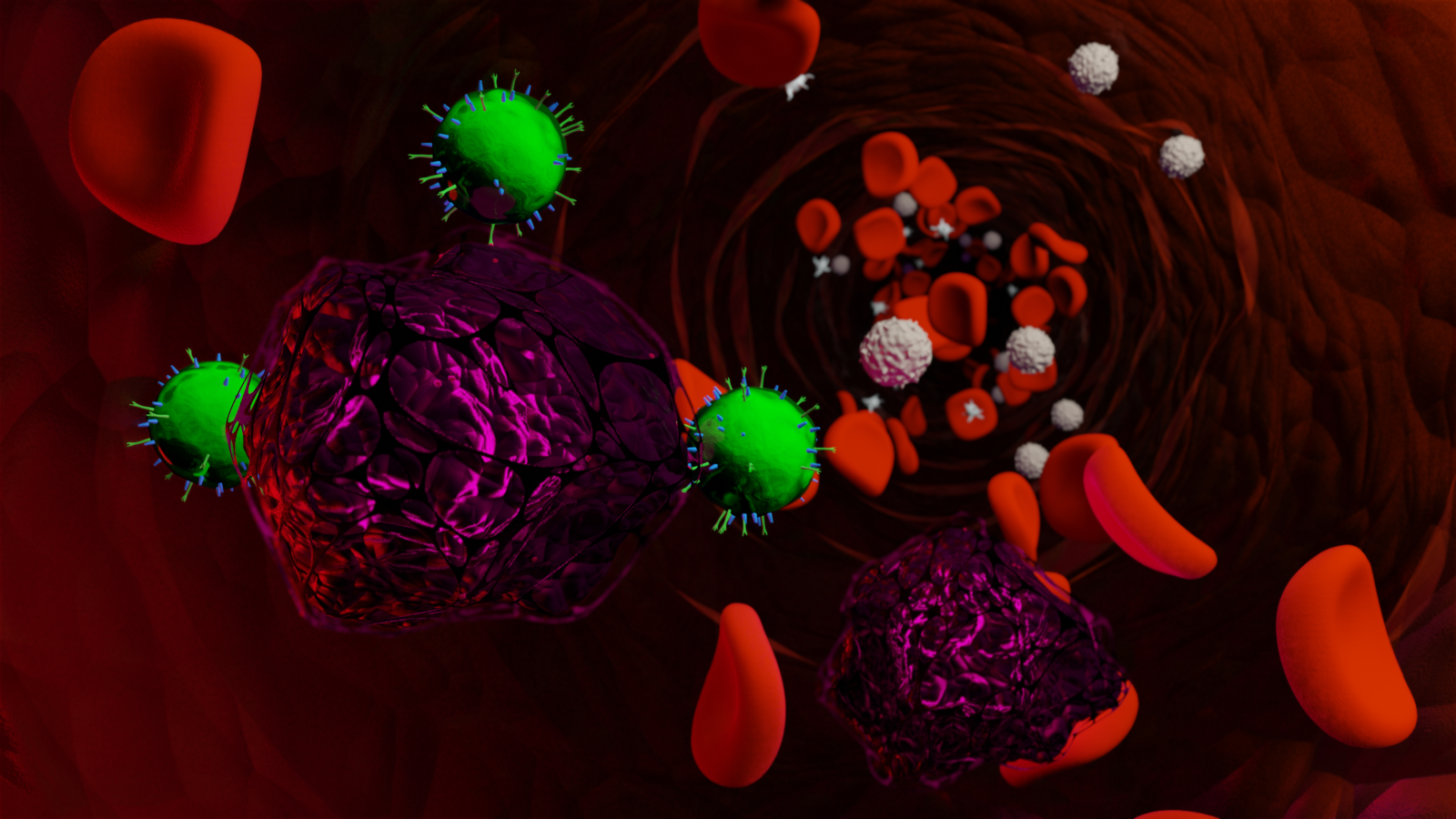Ready to change the world through genetics?

Exhibit Details
Open FebNov 2021
Ground LevelLecture Gallery
- The Brief
- Let's Complicate Things
Mosquitos are pretty annoying, but they also can be dangerous. They spread diseases around the world that impact almost 700 million people each year.
But what if we could change the genetic makeup of a mosquito to keep us safe? We can now genetically modify mosquitos so they can’t spread malaria. In labs it’s easy enough to make hundreds of new, malaria-proof mosquitos. But spreading genetic change in the wild is another thing. To change the genes of billions of wild mosquitos we need new technology: the gene drive.
Delve Deeper
So what exactly is a Gene Drive? There are different kinds of gene drives including ones that occur in nature, for example a bacteria that can infect mosquitos, called Wolbachia, that leaves them infertile. This is being applied to try and control dengue, another mosquito borne disease, in Queensland.
Synthetic gene drives use CRISPR/Cas9 technology to cut out specific target genes and replace them with a modified gene, using the cells own repair machinery to copy the modified gene.
Consider the potential consequences of non-linearity here.
Gene drives will only work in practice on:
- Sexually reproducing species;
- Rapidly reproducing species (insects/rodents/crops rather than slow growing trees or elephants!);
- Researchers have already successfully engineered CRISPR-based gene drives in mosquitoes, yeast and fruit flies.
How could gene drives be used?
- The extermination (or control) of mosquitoes that transmit malaria, dengue, and zika pathogens;
- eradicating invasive species such as the possum in New Zealand or European carp, cane toads or rabbits in Australia;
- To control agricultural pests like fruit fly.
As with any potentially powerful technique, there are risks of unintended consequences, e.g., a gene drive targeted to a local population could spread across an entire species. Wiping out a species might have wider ecological impacts.
Why is controlling mosquitos important?
- Mosquitoes are one of the deadliest animals in the world;
- According to the World Malaria Report 2018, there were 435 000 malaria deaths, 61% of which were children under 5;
- The worldwide incidence of dengue has risen 30-fold in the past 30 years, and more countries are reporting their first outbreaks of the disease;
- Zika, dengue, chikungunya, and yellow fever are all transmitted to humans by the Aedes aegypti. More than half of the world’s population live in areas where this mosquito species is present.
Discover more
Watch:
Read:
- Excellent summary in the New York Times in Jan 2020
- Synthetic Gene Drives in Australia: Implications of Emerging Technologies (2017)
- If you want to get into the nitty gritty of how a gene drive works
- A world without mosquitos
- Cosmos magazine article about genetically modified mosquitoes for better health
- Interested in ethics? Read the summary of our Ethos Forum on insect-driven futures
Listen:
Credits
- Exhibition Studios Build
- Walls That Talk Graphic design













